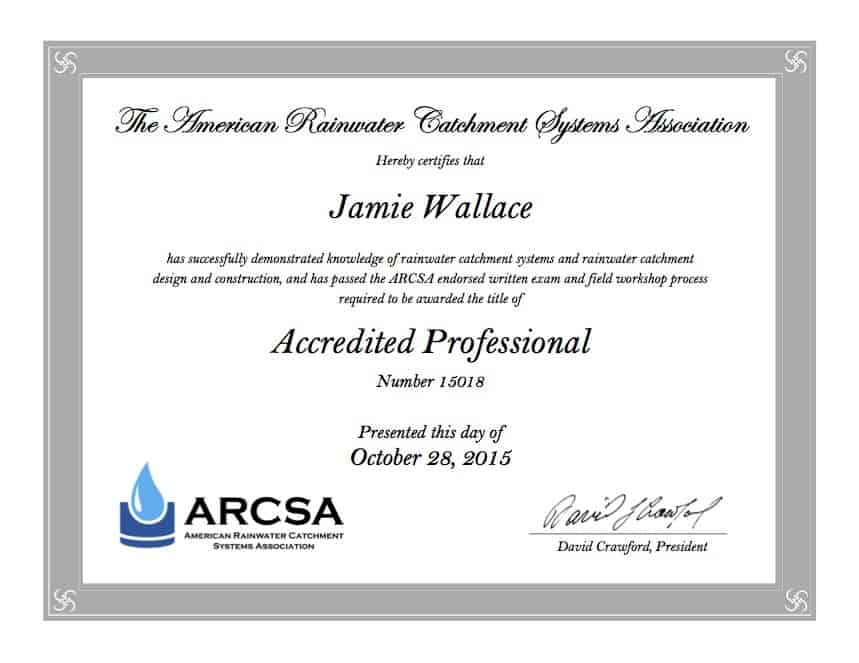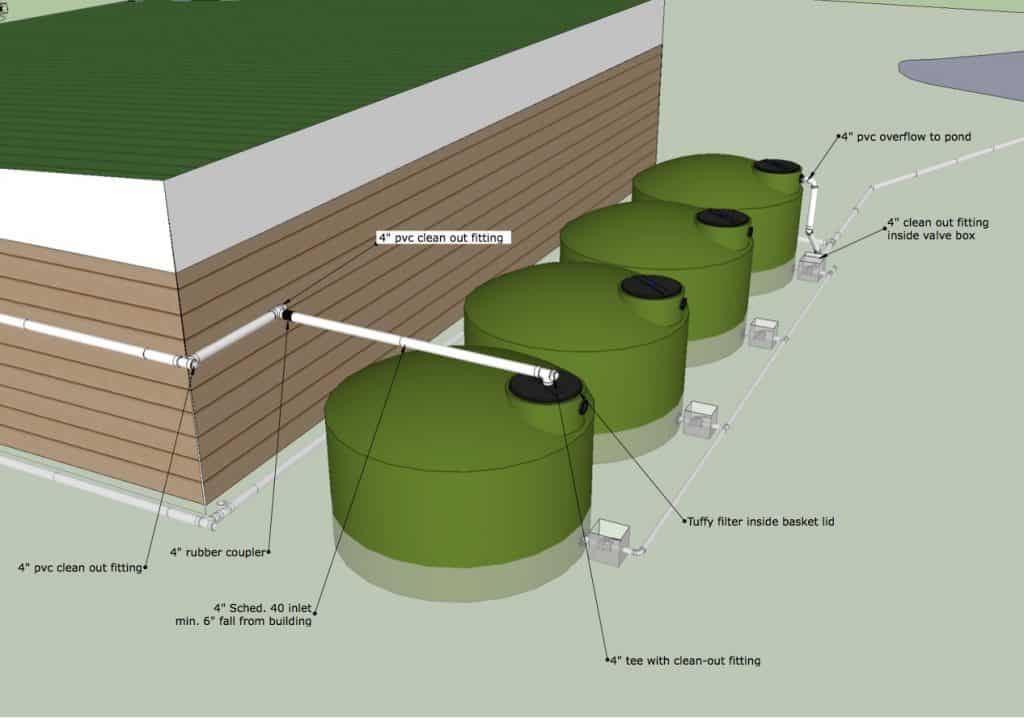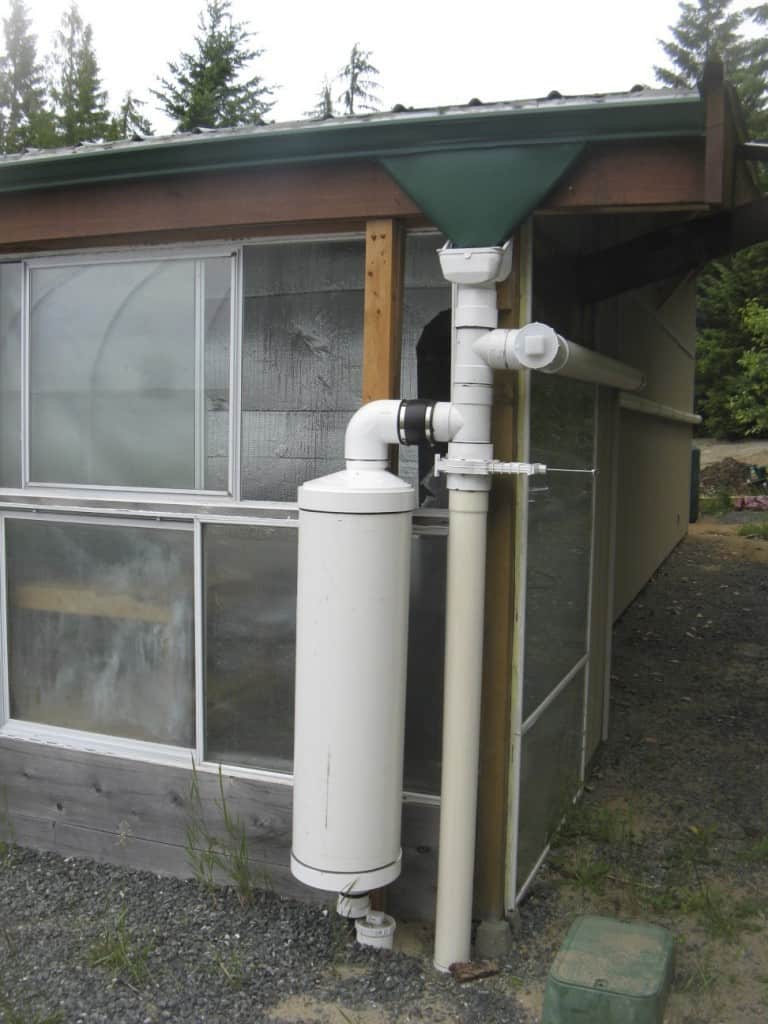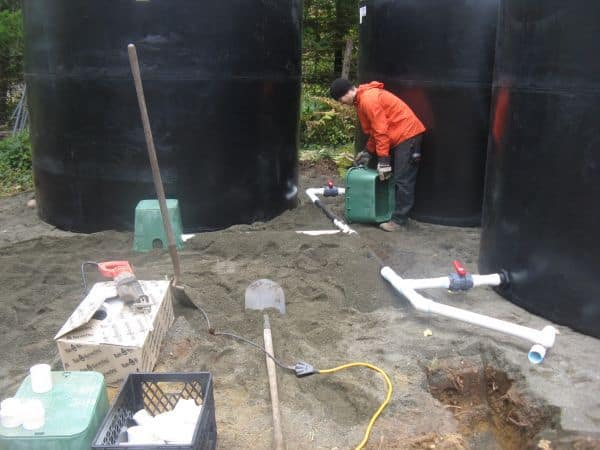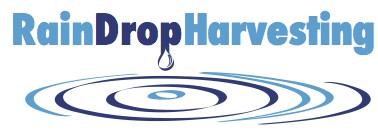
Rainwater Harvesting on Vancouver Island
Jaan Designs offers several options for homeowners who wish to incorporate a rainwater harvesting system in their landscape and home. The first step to achieving a successful rainwater harvesting system is a good design. Rainwater harvesting system design brings together a variety of factors such as, your homes roof area, your proposed usage, annual rainfall which helps to determine how much storage you need.
All of our rainwater harvesting designs and installations allow flexibility to expand your system in the future if you wish to increase storage.
Jaan Designs also offers Rainwater harvesting system design for those who are ‘Hands on’ and wish to install their system. We can design your system and help you with your installation.
If you choose to have Jaan Designs install your system, we integrate the specialized expertise of professionals involved with drainage, plumbing, excavation, construction, electrical, pumps, and water purification. Construction best practices are critical during the installation of your Rainwater harvesting system.
If your Rain Water Harvesting system is for potable or non-potable indoor use (toilet flushing), then we involve a licensed plumber for all interior plumbing work. Building permits are required for interior plumbing modifications in most areas of BC.
Your rainwater harvesting system integrates the specialized expertise of professionals involved with drainage, plumbing, excavation, construction, electrical, pumps, and water purification. Construction best practices are critical during the installation of your Rain water harvesting system.
Some key components of a rainwater system:
- Course screen to filter out large debris.
- First flush device to remove the first .5-1mm of rain off the roof. This contains the highest level of contaminants and is best re-routed into your landscape rather than being stored.
- Additional gravity filtration if your rainwater is used for indoor non-potable or outdoor drip irrigation. These filters vary in mesh size and often two filters are used, one course and one finer.
- Level tank or tanks as per your design with all of your fittings planned out, you need and inlet, overflow, and an outlet. It’s important that all the connecting pipe work be carefully planned in order to look as discrete as possible, and operate effectively and safely.
- A pump will most likely be required to pressurize your water lines unless you wish to use a gravity drip irrigation set-up. It is important that all of your taps, valves, and water lines indicate that the water is not for potable use.
If your RWH harvesting system is for non-potable indoor use (toilet flushing) then we involve a licensed plumber for all interior plumbing work. Building permits are required for interior plumbing modifications in most areas of BC.
Our Rainwater Harvesting Projects
We are an ARCSA Accredited Professional
